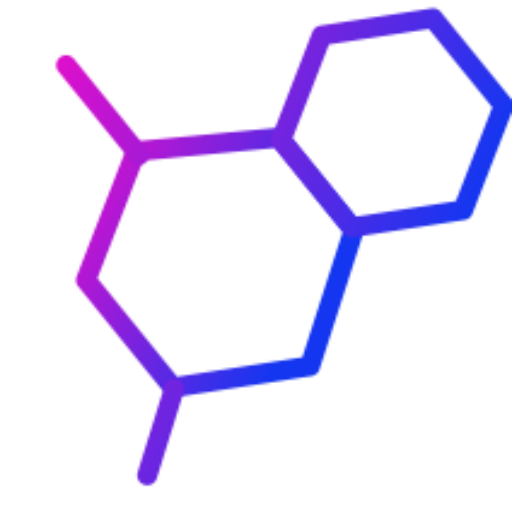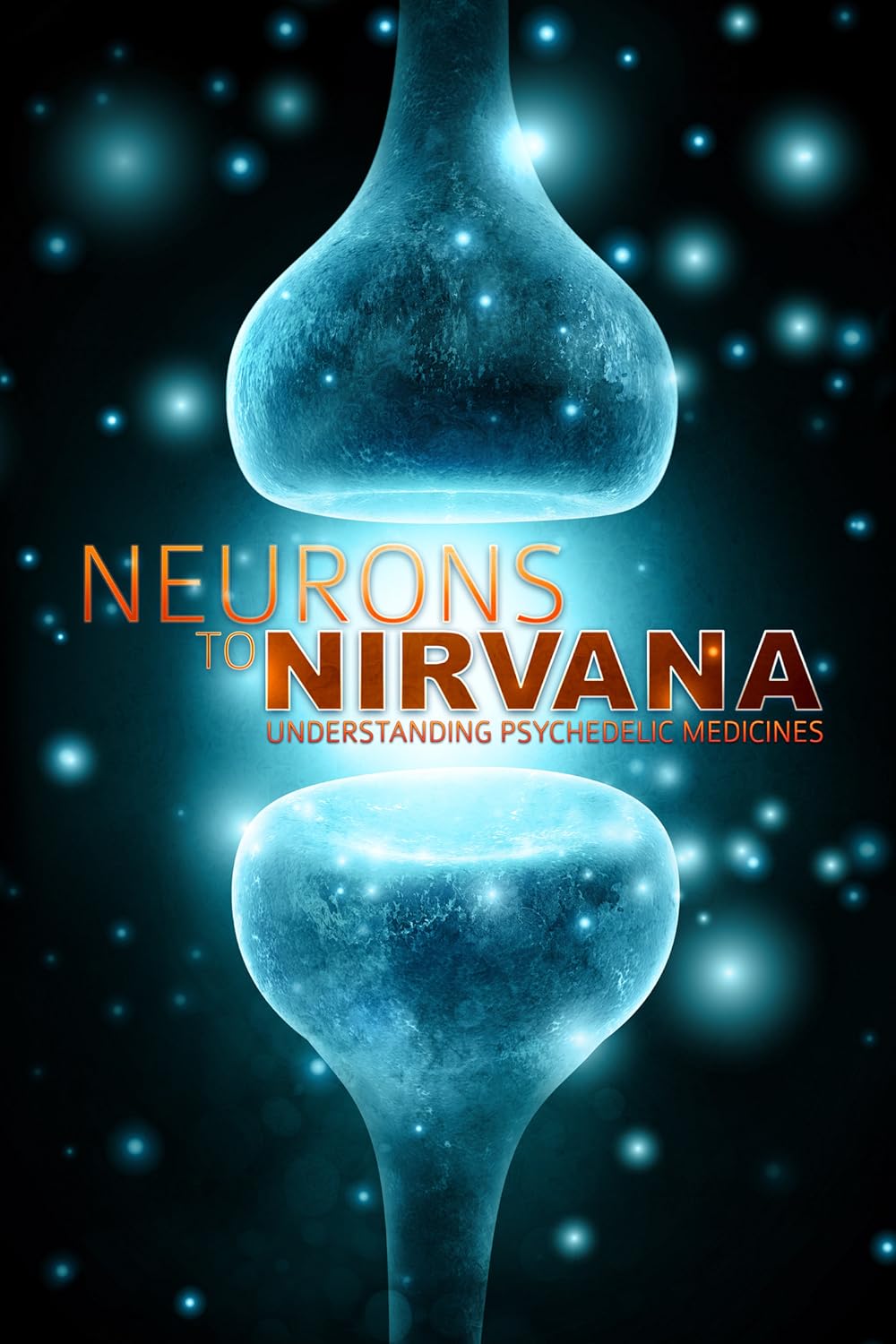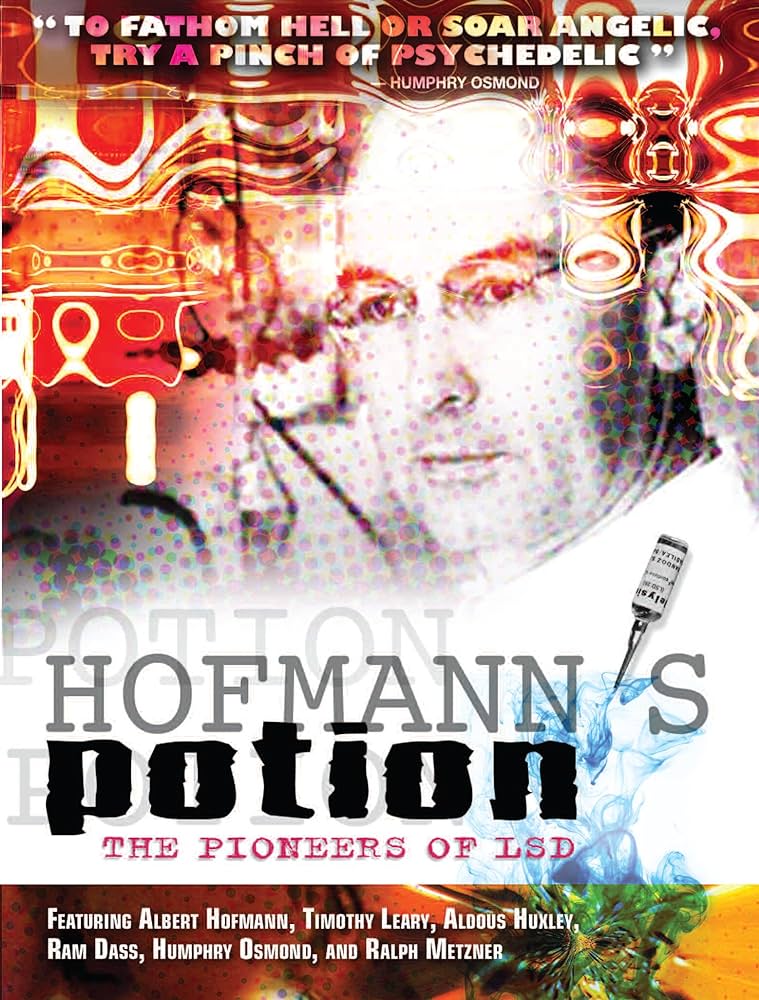Methamphetamine (meth) is a synthetic stimulant that is addictive and can cause considerable health adversities that can sometimes result in death. Meth can be smoked, snorted, injected, or taken orally and is often used with other substances.
- Someone using meth may experience a temporary sense of heightened euphoria, alertness, and energy. This is because meth increases the amount of dopamine, a natural chemical, in the brain. Dopamine is involved in body movement, motivation, and reinforcing rewarding behaviors. Meth rapidly releases high levels of dopamine into reward areas of the brain, making people want to continue to use meth. Meth not only changes how the brain works, but also speeds up the body’s systems to dangerous, sometimes lethal, levels—increasing blood pressure and heart and respiratory rates. People who repeatedly use meth may also experience anxiety, paranoia, aggression, hallucinations, and mood disturbances.
- Through evidence-based treatment and support, it is possible to live life free from meth. While there are currently no Food and Drug Administration-approved medications to treat meth addiction, behavioral therapies can be effective. One example is cognitive-behavioral therapy, which helps people cope with situations that may prompt drug use. Another example uses motivational incentives in the form of vouchers or rewards that the person can earn as encouragement for not using meth or other substances.
The Rise of Meth Use in the United States According to the Centers for Disease Control and Prevention (CDC), the rate of fatal overdoses involving meth and other stimulants (PDF | 471 KB) has increased significantly. According to SAMHSA, about 2 million people aged 12 years or older use meth in any given year, while about 500 people each day try meth for the first time.
- Short-term EffectsEven taking small amounts of meth can cause harmful health effects, including:
- Increased blood pressure and body temperature
- Faster breathing
- Rapid or irregular heartbeat
- Loss of appetite, disturbed sleep patterns, or nausea
- Erratic, aggressive, irritable, or violent behavior
- Long-term Health RisksChronic meth use can lead to many damaging, long-term health effects, even when people stop taking meth, including:
- Permanent damage to the heart and brain
- High blood pressure leading to heart attacks, strokes, and death
- Liver, kidney, and lung damage
- Anxiety, confusion, and insomnia
- Paranoia, hallucinations, mood disturbances, delusions, or violent behavior (psychotic symptoms can sometimes last for months or years after meth use)
- Intense itching, causing skin sores from scratching
- Premature osteoporosis
- Severe dental problems
Breaking Bad is the show that portrays the dangerous relationship between people and the addictive effects of methamphetamine, commonly dubbed meth. While it does an excellent job at captivating and developing a rich fictional world, it does not detail the actual chemistry of the crystal substance. After discussing the production of methamphetamine in the previous post, it is necessary to communicate the chemistry related to it. In a style similar to the information presented on morphine, let’s dive into the world of the methamphetamine molecule.
Mirrored Isomers: Structure and Function
Methamphetamine is considered a member of the phenethylamine family, which is generally consisted of psycho-stimulants. N-methyl-1-phenyl-propan-2-amine, according to its IUPAC labeling, has two isomers that produce distinct effects based on the particular structural isomer. There is a peculiarity regarding these isomers because they are simply mirror images of each other. It may seem as though they are the same molecule, but because orientation is a large factor in some chemical and physiological processes, there is a significant enough difference to give these types of mirrored isomers a special name: enantiomers.
The two enantiomers are named after a property observed in the polarization of light. The dextrorotatory isomer is the widely known, heavily abused substance that stimulates psycho-activity. The mirrored molecule is the levorotatory isomer, known for its use in decongestants and inhalers. The logic behind this naming system lies with the fact that the enantiomers are what are known as chiral molecules. Put simply, chiral molecules represent the disparity between the left and right hand. One cannot be successfully superimposed on the other and be expected to be identical. The diagram below can be used to visualize the concept. This property of chirality is what gives compounds like these the property ofoptical activity. Although a bit convoluted, the naming reflects the ability of the molecule to turn the plane of the polarized light toward the direction of the motion.
Use the image above to visualize why enantiomers are actually two different compounds rather than just one molecule being mirrored.
A sample of produced methamphetamine will likely contain both enantiomers depending on which cooking process is used. Due to both being present, there is an optical inactivity of the mixture, meaning that the degree of rotation of the polarized light due to the dextrorotatory isomer is being cancelled by the levorotatory isomer since they both rotate light by the same degree, but in opposite directions. Therefore, the cooks of the illegal d-amphetamine aim to create the purest meth consisted of only the dextrorotatory isomer and none of the other enantiomer. It would then be considered enantiomerically pure and be optically active in one direction.
The image above displays a 3D model of C10H15N, methamphetamine. See below for information about the isomers.
The Structure, Properties, and Look of Methamphetamine
The structure includes a carbon ring, two methyl groups, and a secondary amine. The phenyl ring and methyl groups are basic functional groups that are present in a wide variety of organic molecules. However, the secondary amine is not as common. In general, an amine is consisted of at least one nitrogen atom with a lone pair. Being named a secondary amine means that it is bonded to two organic substituents and one hydrogen, so in this case, one substituent is the chain of carbons and the other is a methyl group. This amine groups makes it so that a saturated solution in water is considered alkaline by litmus paper. How does this all look on the macroscopic level?
The image above displays the crystalline structure of a sample of crystal meth. Note the transparency and the cloudy white that serve as indications toward purity.
Meth retains a crystalline structure, even in the form of a white powder, caused by the ordered placement of atoms in a particular, rigid structure. As apparent in the picture above, the crystals may seem impure due to the cloudy white color, but this is not the case. The method of the creation of methamphetamine, as discussed in the previous post, results in the creation of a racemic mixture. The crystallization of the racemic mixture, which is what the impure product of methamphetamine production will usually be, can occur in a number of different ways. If the product is impure and thus contains both enantiomers, then it will crystallized into what is known as a quasiracemate, the mixture of two similar but directionally distinct compounds. Typically, when the product is pure, it will crystallize into a racemic conglomerate. This is where molecules in the structure have a strong attraction to the same enantiomer, rather than the opposite one. Without regards to the crystallization of the chemical, purity is judged simply by how white or clear a sample is. Keeping in mind that the color white represents the physical reflection of all wavelengths of visible light, it then makes sense that when the sample is colored white, there is an indication of high quality purity. Impurities would cause some wavelengths to be absorbed, causing some coloration of the crystals.
In Your Head
Once consumed, meth increases the production of dopamine and halts its reuptake. The goal is to, therefore, create an excess amount of dopamine in the brain and keep it there. Behind this manipulation is the fact that d-methamphetamine, the psychoactive isomer of the two, is physically similar to dopamine. Neurons communicate by sending neurotransmitters, like dopamine, across the synapse, the gap, between the two. Meth acts in a way that the neuron will accept it as though it were dopamine. However, it can also target neurons that transmit serotonin and norepinephrine, chemicals similar to dopamine. Inside the neuron, methamphetamine can change its function, resulting in a variety of psychological changes. Through studies and research, the National Institutes of Health (NIH) have found that it interferes with verbal learning and motor skills as well as emotion and memory, leading to emotional and cognitive difficulties. Recovering from abuse involves many steps and factors that deal with the emotional, physical, and behavioral damage.
Regardless of the dangers that are presented about methamphetamine, it is necessary to remember that only one of the two is widely abused, yet both are still used in some medications. When used in the correct dosages, the harmful effects towards the neurons that were described above could very well be turned into a benefit. The portrayal of these drugs often makes them seem exactly the same, especially considering that many of them are psychostimulants and abused. However, with the intricacies of the chemistry, it is evident that there is much more to the story. Throughout the series of these five blog posts, the objective has been to gain some familiarity with a couple of the demonized analgesics. By introducing how they are made and the chemistry behind them, it is hoped that the generalizations about their use have been eliminated, as well as the prominent perspective that these can only be negative towards the user of such compounds. A spectrum of chemistry topics were incorporated and discussed to provide information that can be carried on and applied to many more topics elsewhere. Even though people should be wary towards the consistent use of such powerful drugs as methamphetamines, morphine, codeine, and the other derivatives, there is always two side to a coin.





